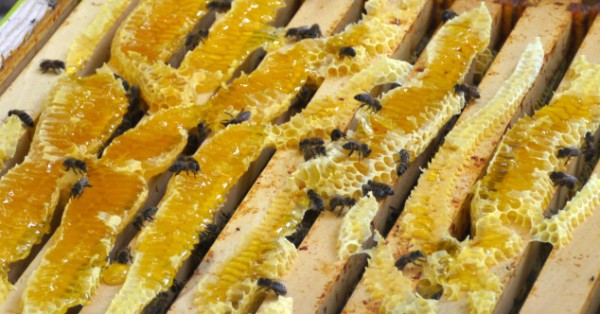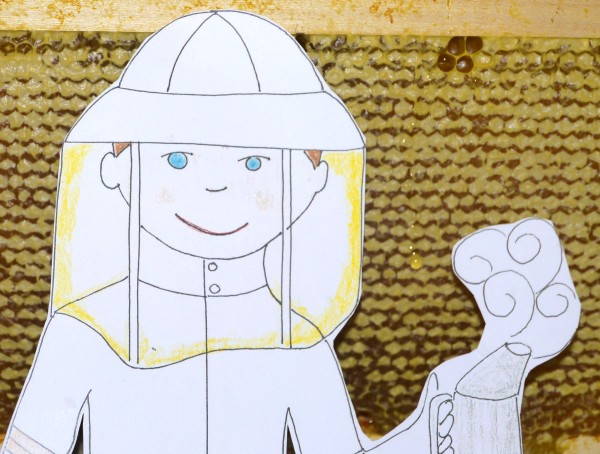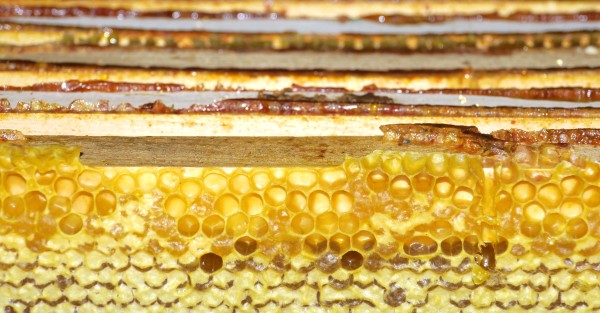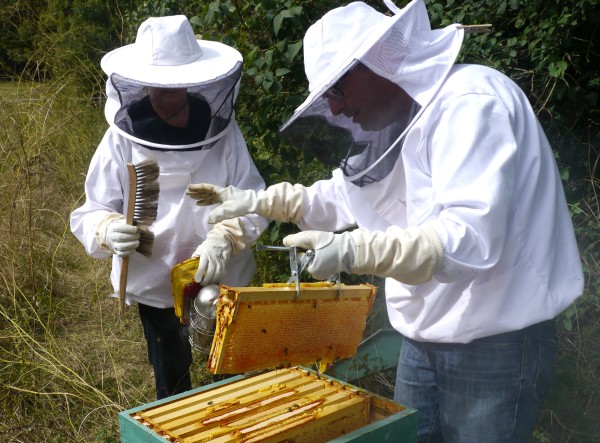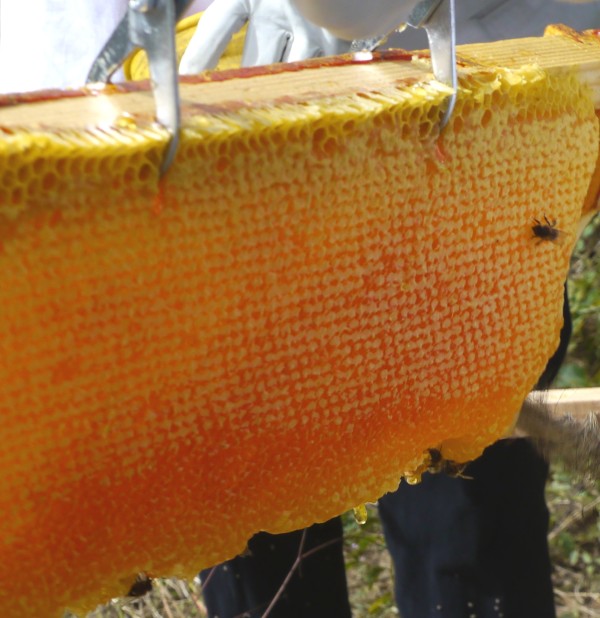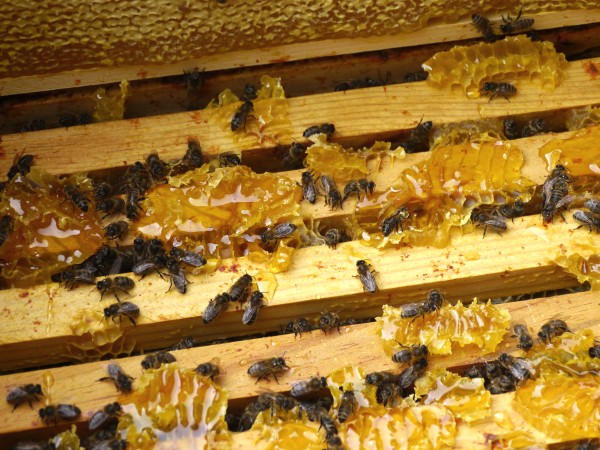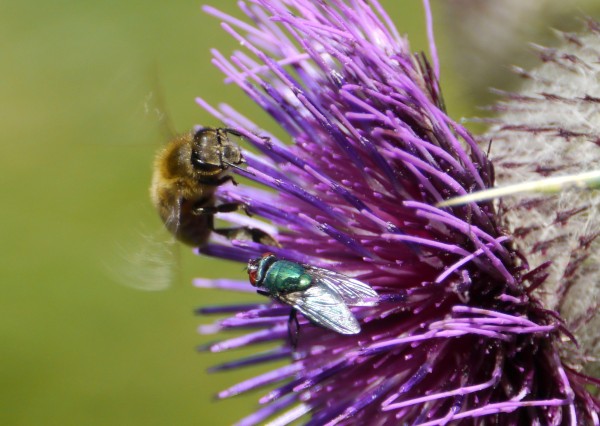One of the dogs’ favourite walks is direct from the house, round the woods, coming back along a rarely used farm track, which we refer to as Blog’s Gallop. It’s serious rabbit country.
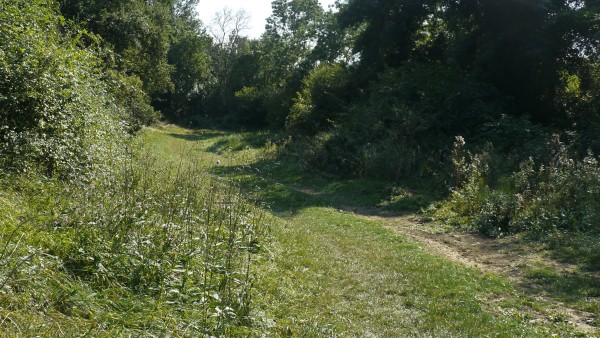
Blog’s Gallop
oak woodland on left, stream (hidden) on right
There’s a goodly selection of wildflowers down there at the moment, of various colours, but predominantely different shades of purple – particularly a band of wild mint running alongside the stream, which is proving popular with our wee flying friends.

Queen of Spain Fritillary (Issoria lathonia)
on wild mint flower (Mentha arvensis)
This Fritillary is considered as a rare migrant species in Britain – but is more widespread in Europe. It is similar to the High Brown Fritillary (the UK’s most endangered butterfly), and is distinguishable from it by having larger white / silvery blobs on the underside of its hind wings.
The ‘Queen of Spain’ name was given to the butterfly in 1775 by Moses Harris in The Aurelian’s Pocket Companion, but there is no explanation as to why he did so.
With the naked eye, I thought I might have happened upon a new creature – an intensely yellow honey bee (Apis aurum?). Upon closer inspection however, it seems that this little lady has been frollicking in the sunflowers and was covered in golden pollen beads from head to tail…

we know where you’ve been!
attention – incoming hoverfly
She’s collected more pollen about her person than in the baskets. I wouldn’t be surprised if Little Miss Messy here is one of mine.
And this is how its supposed to be done…

As usual, there were plenty of butterflies, and quite a variety – ones I hadn’t come across before. There’s a danger that this is turning into a butterfly blog, which was never my intention, but I do feel that they are worthy of a mention.

Southern White Admiral (Limenitis reducta)

Skipper Butterfly
my, what big eyes you’ve got

underside of Peacock Butterfly (Inachis io) on wild mint
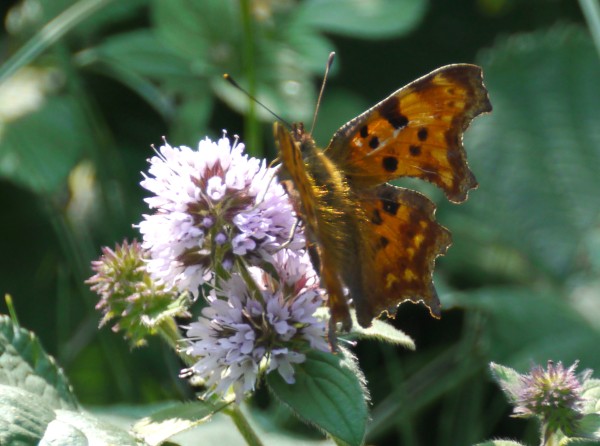
Large Tortoishell Butterfly
(Nymphalis polychloros)

Large White or Cabbage White Butterfly
(Pieris brassicae)
And now for something completely different. Here is Blog enjoying a gallop at one of his other favourite walks…

Blog the Dog at the lake
Many thanks to Amelia (afrenchgarden) for her input in correctly identifying the butterflies.
 Today the focus was in the corner of a nearby sunflower field, where the flowers weren’t big, round and yellow but long, thin and white. Exquisite. And Dangerous.
Today the focus was in the corner of a nearby sunflower field, where the flowers weren’t big, round and yellow but long, thin and white. Exquisite. And Dangerous.












